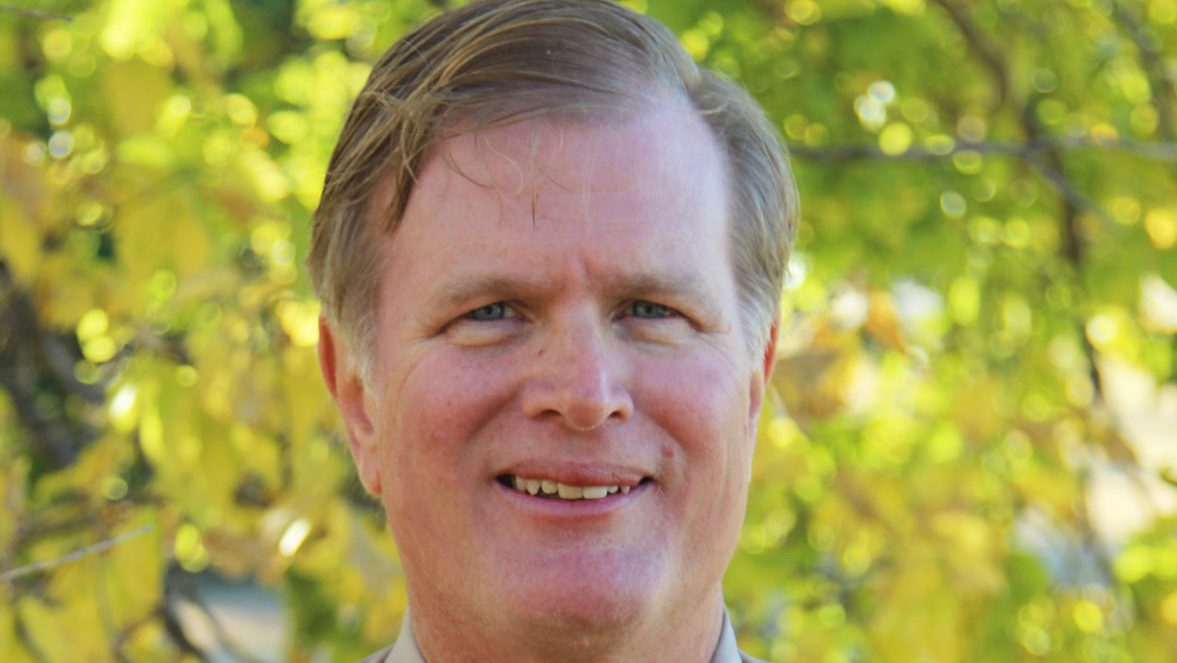A recent legislative update in Dodge City, Kansas, could have been held anywhere in the High Plains region because of the unfortunate stories of people who have been the targets of unemployment scams and the delays in COVID-19 vaccine shots.
Thrown on top was record-setting low temperatures during the calving season and it is easy to see why the past couple of weeks have been a challenge for farmers and ranchers. Rolling blackouts to preserve energy became a winter term for the first time in many years. Our patience will continue to be tested.
Those who have been impacted by unemployment scams have had to spend countless hours fighting fraudulent claims and letting their banks and other financial institutions know they have become the latest victims. Less than six months ago it was hardly on anyone’s radar screen and today it is hard to know anyone who hasn’t been able to say, “Yes, I received a fraudulent claim.”
Those who have been able to help citizens to better understand the scam process are doing their part but they feel the frustration and in some cases have been victims, too. In Kansas alone, the scammers have stolen $600 million from the system, which hurts those who are entitled to benefits.
Other states in the High Plains unfortunately have shared similar stories. The fix is not easy and vigilance is necessary.
There is beginning to be light at the end of the tunnel for High Plains residents who are inquiring about when COVID-19 vaccine will be available. Much like a winding road there are unexpected curves along the way.
States have been tasked with following Centers for Disease Control and Prevention guidelines and as noted in a recent story in High Plains Journal each state has been following reasonable standards. As we are learning, too, a farmer and rancher or meatpacking employees falls into phases determined by each state and the inoculation process occurs at the local level through county health departments and pharmacies.
Those in the above-mentioned categories may be able to move up in priority but most likely they will have to go through a streamlined process. More vaccines appear to be headed into the rural pipelines that should be a good sign as winter will turn to spring.
In our rural areas we are proud of how many of our people have been cautious and been proactive in doing their part to slow or stop the spread of COVID-19. We have much to learn and it is going to take a while before we fully understand the impact of COVID-19. Yet, we must not be brazen and too eager to claim victory.
The health of rural America is as complex as its residents and yet there are many hopeful signs and vigilance will continue to be a cornerstone.
Dave Bergmeier can be reached at 620-227-1822 or [email protected]

